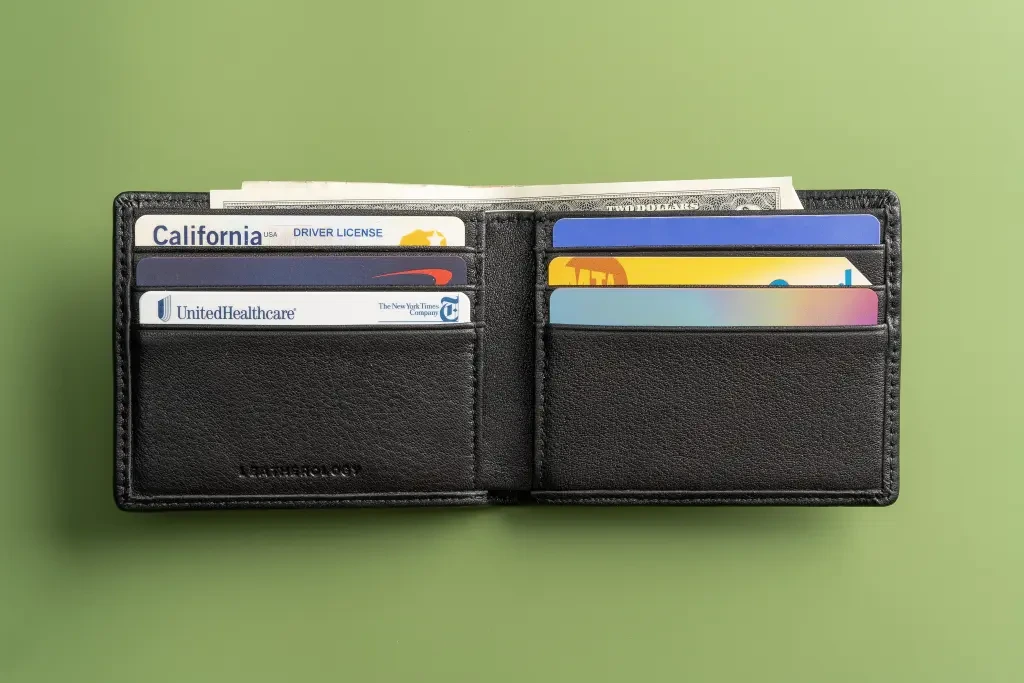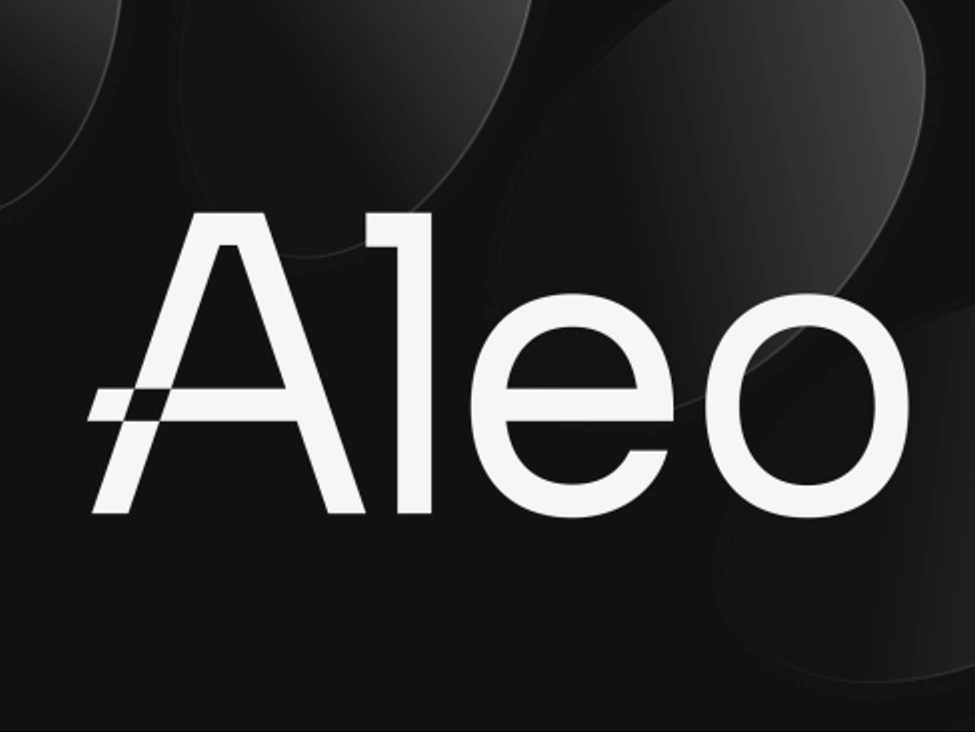Why I’m (Still) Betting on Web3 Privacy — Even If It’s Not Perfect Yet
Web3 Privacy: Not Perfect, But Still the Fight Worth Having
Let me say it upfront: Web3 privacy isn’t a magic fix. It’s not seamless. It’s not foolproof. And sometimes, it feels like we’re reinventing the wheel—but in beta, with bugs, and no customer support.
But here’s my take: despite all that? It still matters. Maybe more than we realize.
Web2 Trained Us to Give Everything Away
If you’ve spent any time online in the past decade, you already know the deal. You want access? You hand over your data. That’s how Web2 has worked—your clicks, likes, late-night searches, your baby photos—all quietly turned into profit streams for companies you’ll never meet.
We’re told it’s the cost of “free.” But let’s be real: it’s not free. We just don’t see the bill.


Web3 Privacy: A Step Toward Owning Ourselves Again
This is where Web3 privacy tries to flip the script. The core idea is simple, even if the tech is complicated: you own your data, or at the very least, you choose who sees it.
That’s not a small shift—it’s foundational. And it’s why I’m still rooting for it, even when it stumbles.
With tools like zero-knowledge proofs and self-sovereign identity, Web3 isn’t asking you to trust platforms blindly. You prove what needs proving, without spilling everything else. Want to verify you’re of age? Great. No need to hand over your birth certificate, your name, and your mother’s maiden name just to do it.
It’s not about being anonymous for the sake of secrecy. It’s about having the right to reveal selectively—a digital boundary, if you will.
Is It There Yet? Nope. And That’s Okay.
Let’s not sugarcoat things. Web3 privacy, in its current form, is not user-friendly. Most interfaces are clunky. Wallets can be confusing. And honestly? The learning curve sucks. Your grandma isn’t jumping on-chain to secure her identity anytime soon.
And let’s talk about the blockchain itself. Public by design, permanent by default. That means your transactions—while pseudonymous—are visible to anyone with a block explorer and too much time. If your wallet gets linked to your identity, guess what? Your privacy is toast.
So yes, it’s messy. Yes, it has holes. But name one tech shift that didn’t start that way.


Why I’m Still Bullish on Web3 Privacy
Because intent matters. And right now, Web3 is—at least—trying to fix a system that’s fundamentally broken.
It’s not just that the tech is cooler (though zk-SNARKs are objectively wild). It’s that the ethos has changed. Web3 builders are thinking about consent, control, and ownership in ways that Web2 never bothered to.
Projects like Aleo, Lens Protocol, and others are experimenting with privacy that doesn’t sacrifice usability entirely. Some will fail. Some won’t. But the fact that they’re even trying? That’s a win in my book.


The Future: Still Murky, Still Worth It
We don’t know where this goes. Maybe Web3 privacy will become the norm. Maybe it’ll get co-opted or watered down. That wouldn’t be the first time the internet broke its promises.
But in a world that constantly nudges us toward overexposure, toward trading identity for convenience, having any alternative—flawed or not—is a step in the right direction.
Final Thoughts
So no, I’m not saying Web3 privacy is ready for primetime. But I am saying it’s worth fighting for. Because every step toward user agency, every tool that gives you back even an inch of control, is a move away from the surveillance capitalism that’s defined the past twenty years.
Cautious optimism? That’s where I’m landing.
Because frankly, if the internet’s going to evolve, privacy should be the hill we’re willing to climb—even if we’re still figuring out the gear.
Relevant Link : Here




